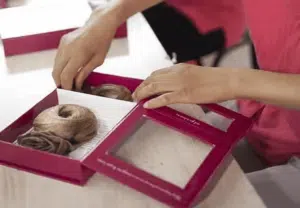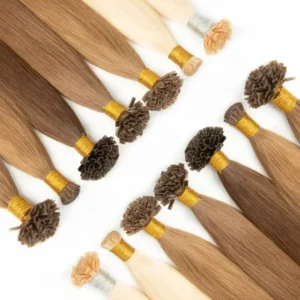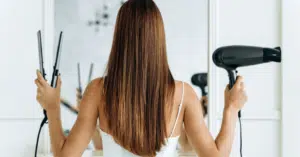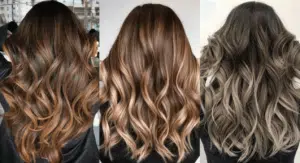Many clients want longer, fuller hair—but worry about damage. As a salon owner or professional stylist, you must offer solutions that deliver results and protect the scalp and strands.
The healthiest hair extensions are halo hair extensions, thanks to their no-adhesive, no-tension design. Tape-in ,Clip in and bead extensions are also safe when installed and cared for correctly.
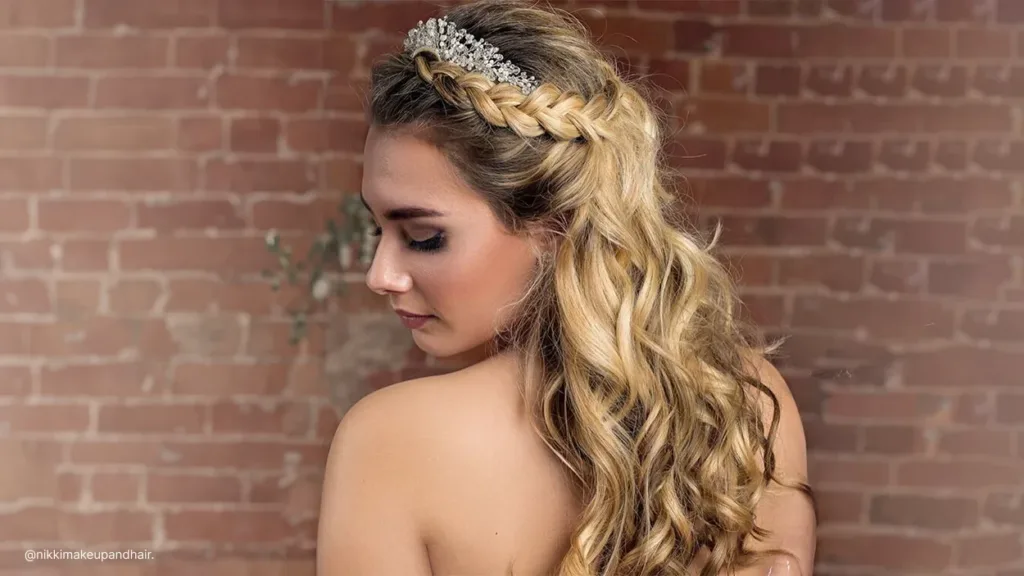
Let’s explore why halo hair is the safest, and what other healthy options still work well in salon environments.
What is the healthiest hair extension method?
Every stylist wants to avoid tension, glue, and breakage. Your clients expect results—but also safety and long-term hair health.
The healthiest hair extension method is the halo hair extension. It doesn’t require glue, clips, tape, or heat—just a gentle, secure band resting on the head. This makes it ideal for even the most fragile hair types.
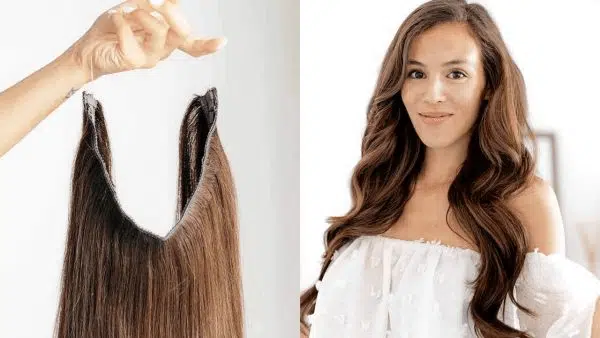
Dive Deeper: Why halo hair is the healthiest option
Halo hair extensions are a one-piece extension with an invisible wire that rests on the crown, like a headband. They stay in place under the client’s own hair and can be applied or removed in seconds. This design makes them exceptionally gentle—no adhesives, no pulling, no tools.
Key Benefits of Halo Hair:
| Factor | Halo Extensions | Traditional Extensions |
|---|---|---|
| Scalp tension | None | Moderate to high |
| Application time | Under 5 minutes | 30–90 minutes |
| Removal difficulty | Simple, no tools | May require solvent/tools |
| Breakage risk | Almost none | Depends on type and install |
| Ideal for | Thin, weak, damaged hair | Normal to thick hair |
Why This Matters
- No glue or tape: This means there is zero residue left on the natural hair. The hair remains clean and undisturbed after every use.
- No strain on roots: Since the halo sits on the head like a headband, it doesn’t stress the follicles. Clients who’ve suffered from traction alopecia or post-partum hair thinning benefit most from this design.
- Great for beginners: Your salon can recommend halo hair as a safe introduction to extensions for clients with concerns about damage or maintenance.
- Reusable and low-maintenance: Clients love that they can wear them when needed and remove them easily. Salons love that they can sell a premium product with minimal risk of complaints.
- No salon installation required: This also means fewer service hours for you—but higher retail profits.
For stylists who prioritize scalp health, halo is the clear winner among all extension systems.
What other hair extension methods are relatively healthy?
Damage-free doesn’t mean one-size-fits-all. Some clients want semi-permanent solutions without putting their strands at risk.
The healthier semi-permanent hair extensions are tape-ins and beaded extensions. When installed correctly and removed gently, both methods can maintain hair health while delivering natural volume.
Healthy Alternatives That Work in Professional Settings
1. Tape-in Extensions
Tape-ins are lightweight and lay flat against the scalp. When made with medical-grade adhesive and installed with proper spacing, they are gentle and nearly invisible.
- They distribute weight evenly, reducing tension.
- They can be reused multiple times with replacement tape.
- Removal, when done properly, avoids breakage.
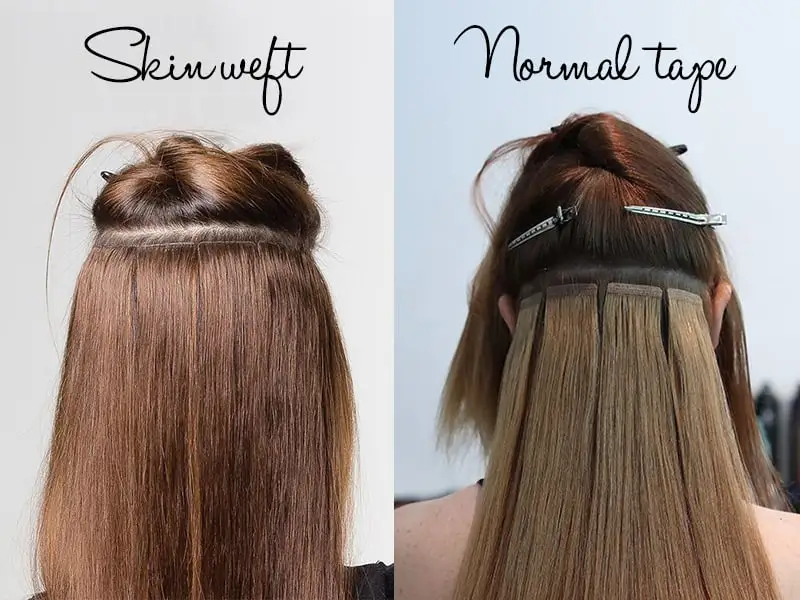
2. Beaded Extensions (Micro Beads / I-Tip/Nano Tip Hair)
These use small, silicone-lined beads to attach strands without glue or heat.
- They avoid chemicals altogether.
- When spaced evenly, they minimize scalp strain.
- Beads can be repositioned or adjusted easily during maintenance.

3. Clip-in Extensions
While temporary, clip-ins can be damaging if used daily and not removed properly. For occasional wear, they are a good healthy option.

4. Genius Wefts/Handtied Wefts with Hidden Beads
For skilled stylists, using genius wefts with low-tension bead row methods offers a healthy long-wear alternative. These wefts are thin and flexible—ideal for delicate scalps when applied with precision.

The key with all methods is training, correct application, and using full-cuticle, lightweight hair that blends well and does not tug.
What are common hair health issues caused by extensions?
Even the best methods can cause issues if poorly managed. Awareness is key to prevention.
Hair extensions can cause traction alopecia, breakage, scalp irritation, and tangling, especially when misapplied or improperly cared for.
Understand the Risks to Prevent Them
1. Traction Alopecia
Constant tension on hair follicles—especially with tight beaded rows or too many tape-ins—can lead to hair loss. This is common with improper install technique or extensions worn too long without maintenance.
2. Mid-shaft Breakage
Poor-quality hair or aggressive brushing causes breakage in the natural strands where extension weight stresses the hair.
3. Scalp Sensitivity and Redness
Clients with sensitive skin may react to adhesive or tension. This becomes worse with cheap glue or non-medical grade materials.
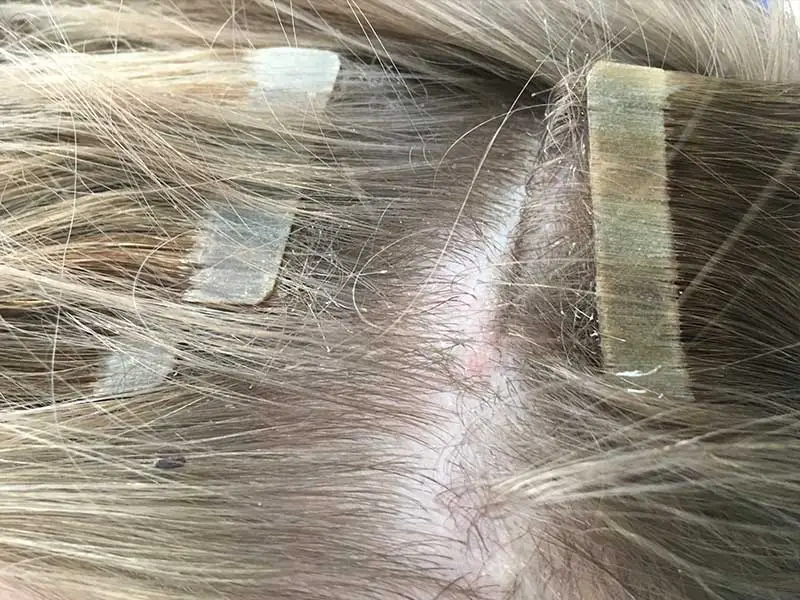
4. Matted Roots and Tangles
When maintenance is skipped or low-grade hair is used, tangling near the base of the extensions can occur. This can rip out natural hair during detangling.
Your team must be trained to spot early signs of these issues and adjust applications accordingly.
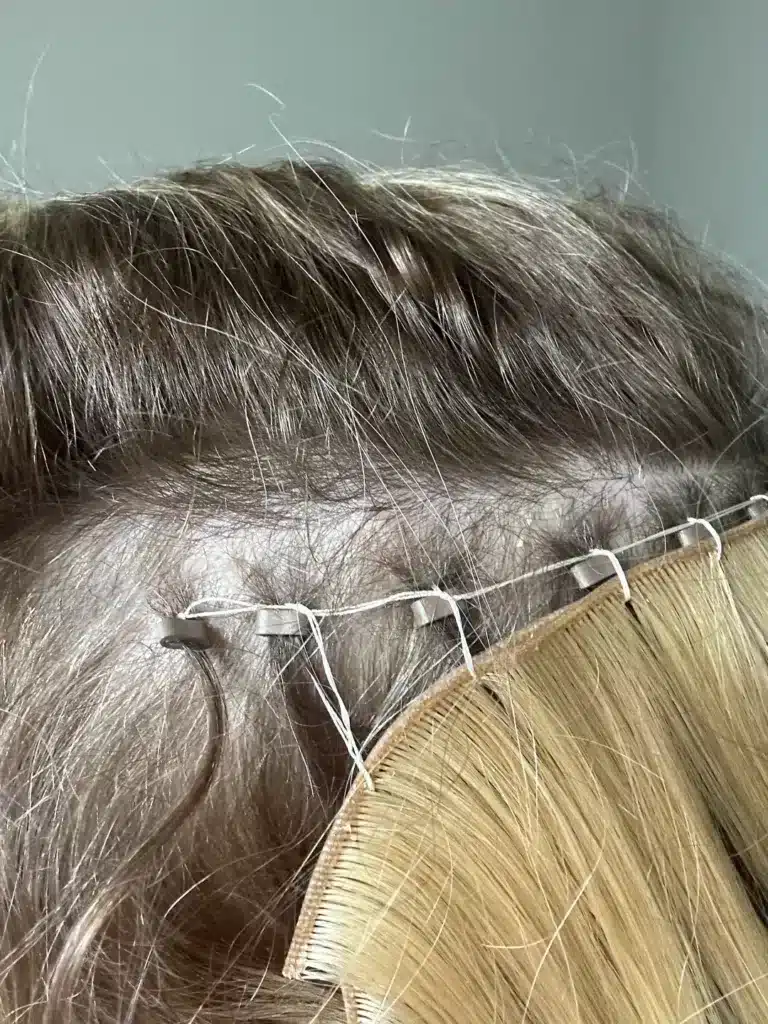
How to keep hair healthy and avoid damage?
Prevention is better than repair. Your job as a stylist is to guide the client from consultation to removal with care.
Start with choosing the right method, follow with professional installation, and finish with good aftercare education.
1. Choose the Right Method for the Hair Type
Thin hair? Go with halo or tape.
Thicker hair? Beads or hand-tied wefts can work.
Always assess the client’s hair strength, lifestyle, and budget.
2. Ensure Professional Installation
No shortcuts. Each weft must be positioned to avoid tension.
Use medical-grade tape, silicone-lined beads, and full-cuticle hair only.
Weight should be distributed evenly around the scalp.
3. Provide Clear Aftercare Instructions
Clients must know how to brush, wash, dry, and sleep with their extensions.
- Use sulfate-free shampoo.
- Brush from tips upward using a loop brush.
- Avoid heat near the bonds.
4. Schedule Regular Maintenance
Repositioning every 6–8 weeks prevents overgrowth stress.
Salon touch-ups also give you a chance to check the scalp and adjust as needed.
Healthy results start at the consultation and continue through every follow-up visit.

My Opinion
As a factory that serves high-end salon brands worldwide, I’ve seen one consistent trend: stylists who prioritize hair health gain more long-term clients.
Many customers are afraid of extensions because they’ve had a bad experience before—itching, breakage, or shedding. But with full cuticle hair, halo methods, and trained application, extensions can be safe, comfortable, and beautiful.
We produce halo extensions using only full cuticle intact, single donor hair, which reduces tangling and keeps the hair silky for 12+ months. And for salons offering tape or beads, our genius wefts and tape products are all processed gently, without acid baths or silicone coating.
Stylists should always choose methods that match the hair condition, not just follow trends. When you combine education, quality, and care—you win trust and long-term business.
FAQ
Q: Are halo extensions suitable for daily wear?
A: Yes, they can be worn daily and removed at night. They are perfect for clients who want zero commitment.
Q: Can I wear tape-in extensions with thin hair?
A: Yes, if installed correctly and with lightweight pieces. Proper spacing is key to avoiding damage.
Q: Which extensions last the longest?
A: Keratin bonds and hand-tied wefts last longest—but are more damaging. Halo/Clip Hair lasts years but is temporary wear.
Q: How often should clients do maintenance?
A: Every 6–8 weeks is ideal for tape or bead extensions. Halos need no in-salon maintenance.
Q: Does full cuticle hair reduce damage?
A: Yes. It tangles less, stays softer, and allows for easier removal. It’s essential for long-term health.
Conclusion
Halo hair is the healthiest extension method. Tape and bead styles are also safe when installed correctly. Choose full cuticle hair and match the method to the client’s needs.
Hibiscus Hair Manufacturer has been dedicated to producing high-quality hair extensions for 25 years and is a recognized leader in the industry. If you are interested in finding a reliable hair extensions supplier and wholesale for your brand, please visit our website for more information:
HOME

